Non-Fungible Tokens (NFTs): What Are They?
A non-fungible token (NFT) is made up of two components: non-fungible and token.
In economics, the term “non-fungible” is used to characterise any asset or item that cannot be exchanged, such as a work of art, a car, a house, etc. They cannot be exchanged for anything else that has the exact same worth. In contrast, it is simple to change a fungible commodity, such a ten-dollar bill, into 10 one-dollar bills.
A token is a digital representation or evidence of ownership of a piece of property that is kept on a decentralized, secure blockchain, such the Ethereum blockchain.
Therefore, a non-fungible token is a digital asset or creative product token that is cryptographically held on a blockchain. NFTs are unique and very rare (as low as one), in contrast to cryptocurrencies, where all tokens are similar. Like art, their scarcity makes them collectible. The demand for a safe and reputable NFT Marketplace Development Company will grow as more individuals create, buy, and sell.
NFT Properties
1. Indivisible and Non-Interoperable
Each NFT has its own specific characteristics and its own identity. They are distinct from blockchain-based cryptocurrencies like Bitcoin because of this. NFTs cannot be divided into smaller parts; they only exist as a whole.
The NFTs held on the underlying blockchains are also non-interoperable. You cannot transfer your NFTs to Ethereum or any other chain if they were created on the Bitcoin blockchain, according to this rule.
2. Open to Trading
NFTs have unique marketplaces where they may be listed and exchanged, just like cryptocurrencies. However, they cannot be purchased on a cryptocurrency exchange, unlike cryptocurrencies.
3. Reliability
An NFT is a record of ownership that is available for anyone to check if they so want. Legal ambiguities still exist over the legal right to the asset’s title, revenue, and transfer.
4. Different Ecosystems
In the blockchain world, one must collaborate with multiple ecosystems in order to build, sell, acquire, and own an NFT. Cryptocurrencies, digital wallets, online markets, NFT standards, and the blockchain itself are some of them.
5. Availability
People’s interest in owning NFTs is expanding as more people become aware of the wonders that cryptocurrencies are. The NFT markets are also a hub of activity because there are no clear regulations governing them. As a result, there is a lot of liquidity in the NFT market.
6. Programmability
The first necessity for every digital artist is the ability to programmatically turn their digital asset into an NFT. The procedure for creating a distinctive encrypted token is complex, but NFT markets’ specialised tools and apps handle that for you.
7. Royalties
NFTs are made to distribute the results of their labour. As a result, anytime an NFT is traded, a set amount or portion of the transaction goes to the cryptocurrency wallet of the NFT’s developer.
For artists who were denied their rights and the recognition they deserved for their ingenuity and labour, this opens up a world of opportunity. The precise amount of royalties payable, however, is still up for debate and is dependent on the artist in question.
8. Dearth
The amount of copies of the digital asset that may be produced and distributed is entirely under the creator of the NFT’s control. It could be as few as one or as many as a few thousand, inducing a fictitious scarcity of the NFT. The NFT is valued because of its rarity and distinctiveness.
9. Ownership
Each NFT can only have one owner at a time, and the blockchain makes the ownership record available to everyone.
Also Read: How To Create An Nft Minting Website
How Do NFT Marketplaces Operate?
The viewpoint of the client could be used to comprehend an NFT market.
All NFT platforms demand users to register and download their applications in order to use them as creators or NFT collectors. To store and access the NFTs you own, you can use their apps as a substitute for a digital wallet.
After uploading their digital assets to the marketplace app’s creator section, creators can convert them into NFTs. They choose the quantity of copies and the cryptocurrency they will accept payments in as they set up the NFT. Additionally, creators can specify a fee royalty for upcoming trades in their NFTs.
The tokens are created and then submitted for listing and approval. Creators have the option of choosing a fixed price for listing on the marketplace or an auction with a reserve price. A smart contract transaction is made and the ownership rights are transferred when an enthusiast places an order.
Best-Known Examples of NFTs
Some of the most popular NFTs are listed below:
1. Digital Artwork: A piece of digital art, Beeple’s Everydays: The First 5000 Days, sold for $669 million.
2. GIFs: A 2011 Nyan cat GIF that was for sale cost 300 ETH.
3. Digital memorabilia: Sir Tim Berners-Lee, who created the World Wide Web, sold the source code for $5.4 million.
4. Music: The well-known US rock band Kings of Leon sold 7000 copies of their most recent album for $2 million. On each tour, they also offered six “Golden tickets” that guaranteed front-row seating for life.
5. Videos/Clips: NBA Top Shot sold a single LeBron James dunk video NFT for $200,000.
6. Photos: In less than nine minutes, 125,000 copies of actor William Shatner’s photo collection were sold.
Why are NFTs so common?
In recent years, NFTs have become exponentially more popular and widely used. The adoption of NFTs is expanding for a variety of reasons.
- Since the 2020 bull run, new investors have been paying attention to cryptocurrencies, and NFTs were the natural next step.
- People’s ingenuity soared as they were cooped up in their homes. NFTs were the platform that artists discovered to promote and profit from their artistic endeavours.
- Customers embraced this new ownership structure since it made trading in their genuine items simple.
- The popularity of NFTs has spread to many celebrities. Paris Hilton, Jay-Z, Jimmy Fallon, and Stephen Curry not only invest in NFTs but also actively promote their own NFTs.
- The issue of copied or cloned digital artwork or intellectual property has been definitively resolved with NFTs. Your “Digital Bragging Rights” are now yours.
- NFTs are robust, accessible, and decentralised, exactly like the blockchain that underpins them.
- NFTs produce scarcity and increase their value in contrast to ordinary digital content, which is freely available with no supply restrictions.
Wrapping Up
NFT markets have not yet reached their apex. The NFT marketplace is a business worth pursuing since digital versions of many art forms, collectibles, creative assets, and even from the actual world are creating waves.
The domain is well-liked but not yet overcrowded. You now have the ideal situation and window of time to start your own NFT market.

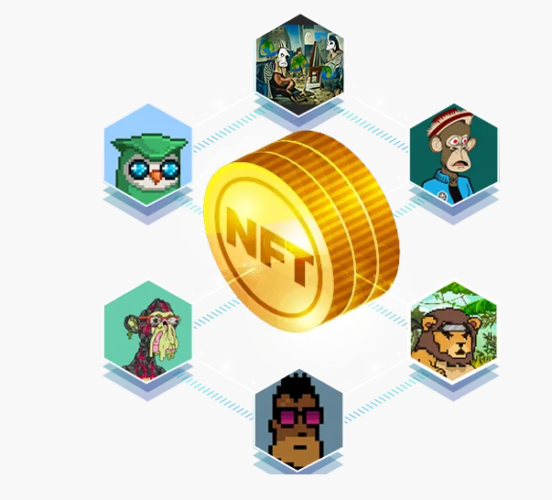




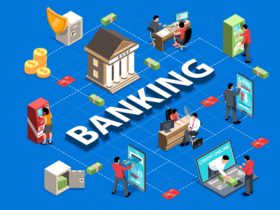
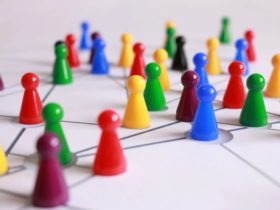
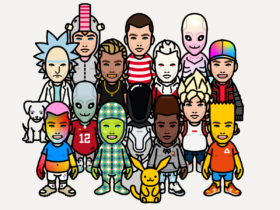
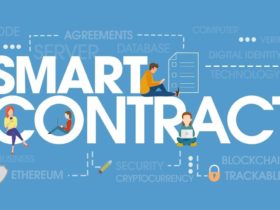
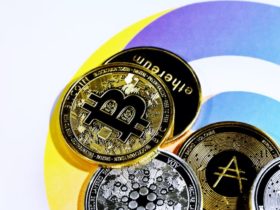
Leave a Reply